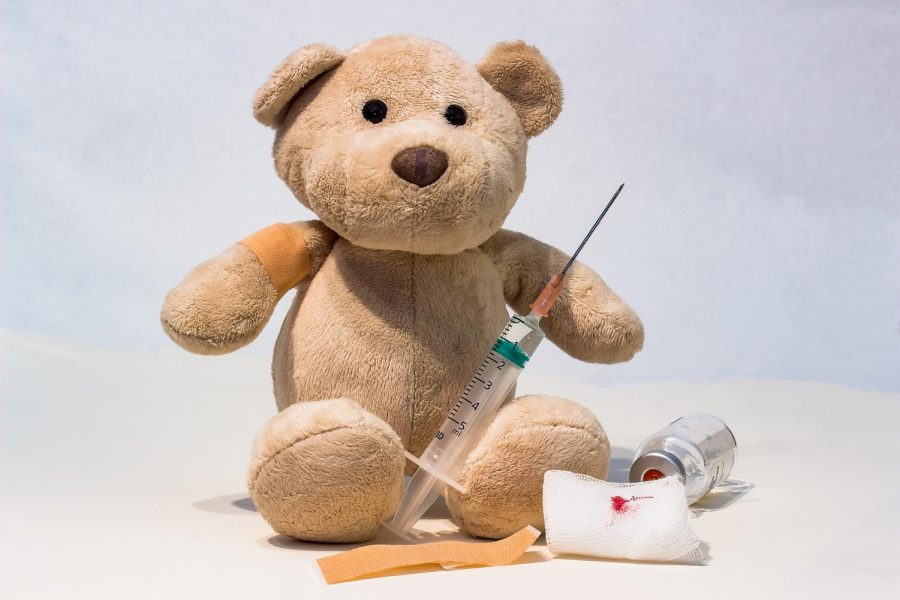Nursing Wounds From a Hospital Killing Spree
What happens if you’re responsible for the worst serial killing in German history since World War II? If you’re German nurse Niels Högel, you get life in prison. In 2008 Högel was found guilty of attempted murder and sentenced to seven and a half years in prison. Then in 2015, investigators reopened the case and sentenced him to life on two counts of murder and two counts of attempted murder at a hospital in Oldenburg, Germany.
According to the Australian Broadcasting Corporation, Högel has admitted to killing approximately eighty-six of his patients. The investigation was led by the Oldenburg City Police department, who searched through more than five hundred patient files to find evidence of Högel’s crimes since he claimed not to remember how many patients he had killed.
Recent toxicology reports show 134 additional bodies that fit the M.O. of Högel’s chemical murders. During his trial in 2015, he disclosed that he had killed many other people while working as a nurse, but could not reference a specific figure. He killed his first patient in 2000 at a clinic in Oldenburg, where he worked for a few more years until he moved to another clinic in Delmenhorst. Oldenburg police chief Johan Kühme called the Högel’s killing spree “horrifying. It defies any scope of the imagination.”
To carry out the deed, Högel killed eighty-six patients using a mix of five different heart medications.
Despite hospital staff claiming to have suspicions of foul play at the time of the deaths, his clean record in Oldenburg allowed him relative impunity at Delmenhorst. He began working in the intensive care unit alongside other nurses, some of whom noticed that the number of deaths in the intensive care unit practically doubled after his arrival.
The people who worked alongside Högel were charged with negligent manslaughter after failing to report incidents in which he needlessly injected patients with ajmaline to stop their hearts.
According to National Public Radio, Högel would fabricate emergencies by injecting large amounts of cardiovascular drugs into the patient, who would then need to be resuscitated. The nurse worked mainly with ajmaline, sotalol, lidocaine, amiodarone, and calcium chloride, five drugs used in different ways to treat irregular heartbeats.
Amiodarone is a drug used to treat life-threatening heart rhythm disorders. Lidocaine is used to numb tissues in specific areas, create nerve blocks and also treat ventricular tachycardia, a condition where the heart beats far above the normal resting rate.
Similarly to lidocaine, sotalol is used for fast and irregular heart
beats or shortness of breath. All of these drugs require prescriptions and are generally only administered in hospitals during emergencies.While traces of the cardiovascular drugs have been detected in many of the bodies of Högel’s victims, leading investigators to believe the actual number of Högel’s victims is much higher.
But Högel has already received the maximum penalty of life in prison under German law, so if the kill count does rise, Högel’s sentence will remain unchanged.






